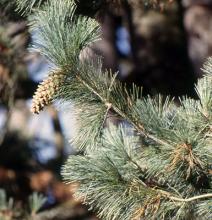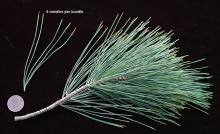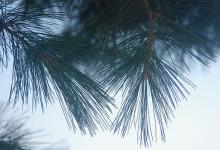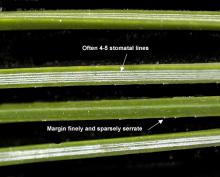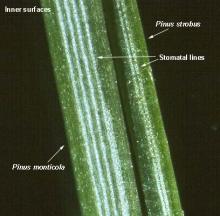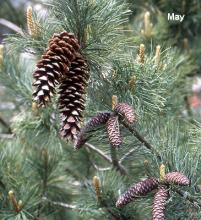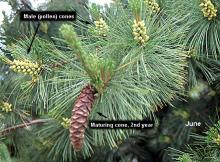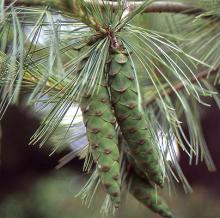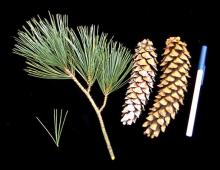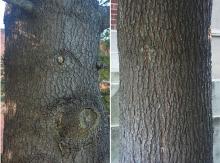Pinus monticola
Common name:
Western White Pine
Pronunciation:
PI-nus mon-TI-ko-la
Family:
Pinaceae
Genus:
Type:
Conifer
Native to (or naturalized in) Oregon:
Yes
- Conifer, evergreen tree, 100 ft (30 m), narrow, open, conical crown of horizontal branches. Needles 5 per bundle, 5-10 cm long, slightly stout, blue-green, 4-5 white stomatal lines on inner surface, bundle sheath 18 mm long, shed first year. Cones terminal, solitary or grouped 2-5, 13-23 cm long, narrowly cylindrical, mostly short stalked, pitchy, may drip pitch in warm weather; mature in the second season. [In a landscape situation it may be difficult to distinguish it from Pinus strobus, (Eastearn White Pine), but P. monticola needles are stiffer, growth is more dense, and their cones tend to be larger.]
- Sun
- Hardy to USDA Zone 3 Native to the northern Rocky Mountains from British Columbia to Montana, also along Pacific Coast south through the Sierra Nevada to Central California.
- Can you identify these common Oregon native 2-, 3-, and 5-needle pines?
- Two cultivars:
- monticola: inhabiting mountains


